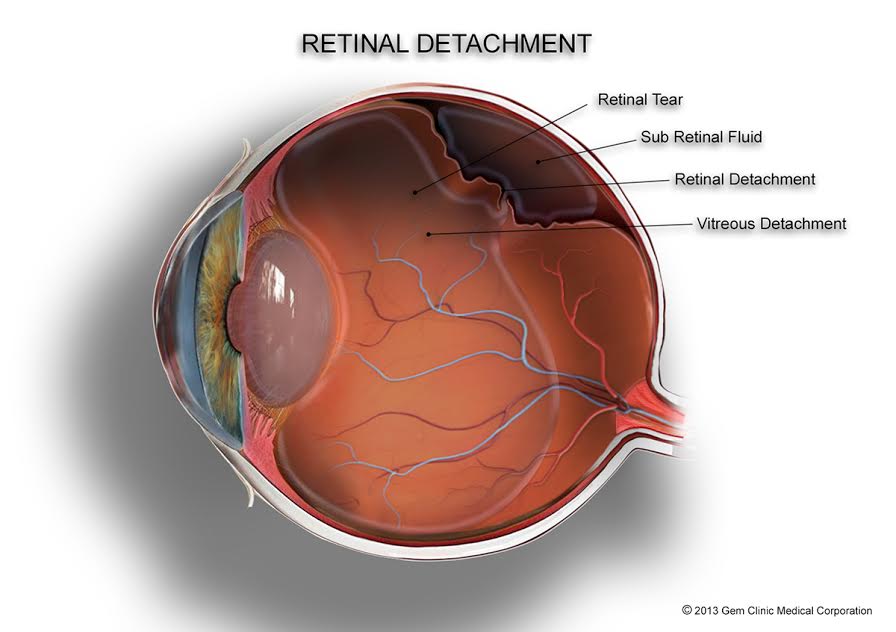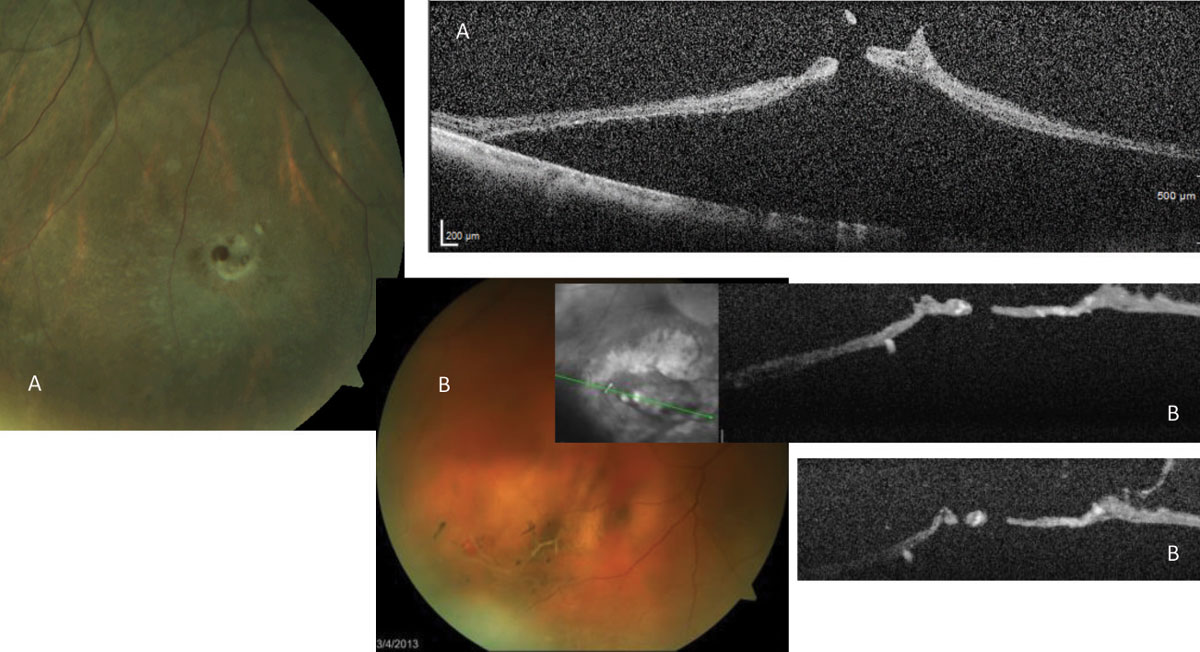

Separate openings are used to light the eye and to place various other instruments that assist in surgery. Image courtesy of the ©ASRS Retina Image Bank, contributed by contributed by Thomas Ciulla, MD, MBA. When blood is cleared by surgery, vision will improve, but improvement is limited by the underlying health of the retina. Vitreous hemorrhage, pre-retinal, and sub-retinal hemorrhages block vision and are indications for vitrectomy. The surgeon uses a vitrectomy probe (vitrector) to cut and delicately remove the gel-like vitreous.įigure 2. A surgical microscope with a special lens allows a wide view of the inside of the eye as well as a magnified and detailed view.

Typically, the dilated eye is entered through the pars plana, a “safe zone” in the white part of the eye or sclera hence this procedure is called a pars plana vitrectomy. Patients generally close their non-operative eye and rest during the surgery. An eyelid speculum is used to keep the operative eye open. The eye is prepared with antiseptic solution and a sterile drape is applied. IV sedation (commonly called twilight sleep), or in rare cases general anesthesia, may be used for additional relaxation.

The eye is anesthetized (numbed) so the patient is comfortable during the procedure. The information is confirmed by surgical, nursing, and anesthesia staff. This procedure verifies that the team has the correct patient, procedure to be performed, and eye to be operated on. In the operating room, a formal time-out procedure is used as a safety measure. Unless the patient is in poor health or has severe disease, nearly all vitrectomies are outpatient procedures performed either in a hospital or in a dedicated ambulatory surgery center they involve little or no pain and require only minimal anesthesia.Īn IV, EKG, blood pressure, and oxygen sensors are in place to monitor the patient’s vital signs and health. Although it has some limitations, small-gauge vitrectomy surgery is generally considered more comfortable than surgery with larger instruments and offers faster visual recovery in many cases. Many vitrectomy procedures can now be performed with self-sealing, sutureless (no-stitch) incisions approximately one half of a millimeter in size, which is about the width of an eyelash. Since the first vitrectomies were performed in the 1970s, the trend has been toward smaller and thinner microsurgical equipment. Almost all ophthalmologists have received eye surgery training in their residency and can perform an anterior vitrectomy.įacts About Vitrectomy Surgery: The retina surgeon chooses the best equipment to use in each case from a wide variety of vitrectomy instrumentation. During complex cataract, cornea, or glaucoma surgeryīecause leaking vitreous gel can lead to future problems, an anterior vitrectomy may be performed to minimize risk and to promote visual recovery.This kind of vitrectomy is performed by a retina specialist.Īnterior Vitrectomy: In rare cases, the vitreous gel comes through the pupil into the anterior (front) chamber of the eye. This area comprises two-thirds of the volume of the eye and is called vitreous cavity, which along with the retina, the retinal pigment epithelium, choroid, and sclera, make up the posterior segment.Ī vitrectomy performed for diseases of the posterior segment is called a posterior or pars plana vitrectomy. In normal eyes, the vitreous is crystal clear throughout adulthood and fills the eye from the front or anterior (iris-lens) to the back or posterior (optic nerve). Posterior Pars Plana Vitrectomy: The vitreous or vitreous humor is thought to serve as a framework or support for the layers of a newborn’s eye during development.


 0 kommentar(er)
0 kommentar(er)
